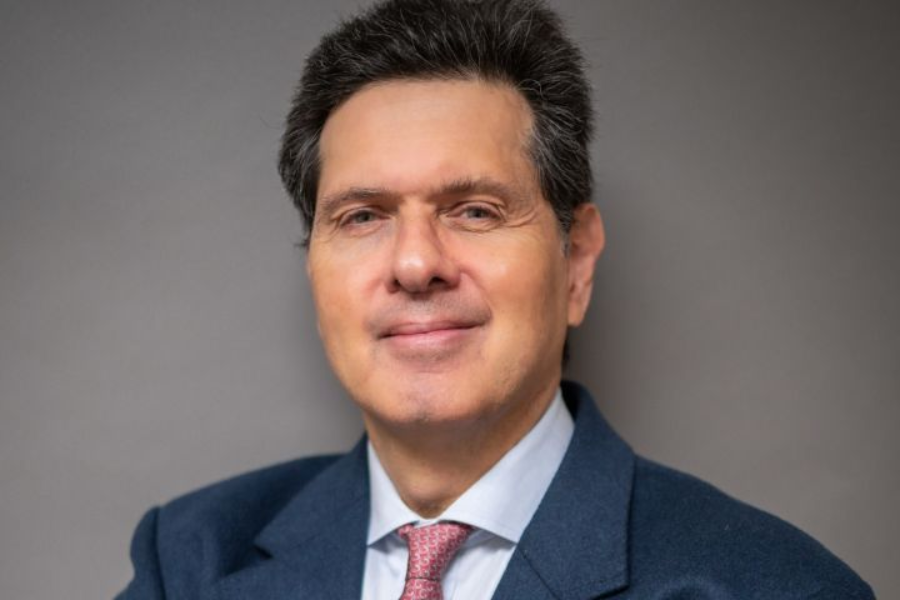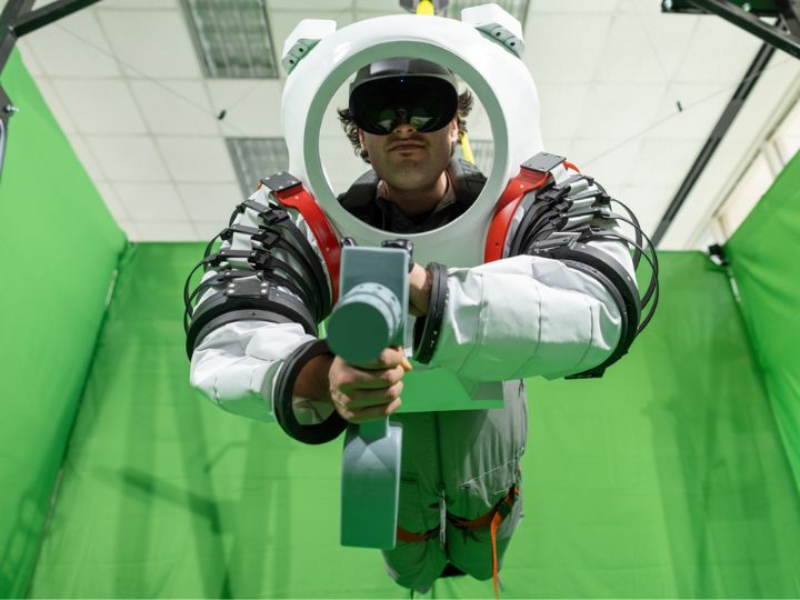Moores Professor of Mechanical Engineering and Mechanical and Aerospace Engineering Department Chair Karolos Grigoriadis has had quite the year.
After nearly three decades as a faculty member of Cullen College's Mechanical Engineering department, he was named as the new Department Chair earlier this year, succeeding Hugh Roy and Lillie Cranz Cullen Distinguished University Professor Pradeep Sharma upon Sharma's own naming as the new dean of the Cullen College.
"I am honored to be named chair and appreciate the support of the department and my colleagues," said Grigoriadis. "It’s certainly a significant change in responsibilities for me. I've been in this department for close to 30 years now, focusing on research and teaching; this new position has a significantly different and expanded role in terms of promoting the department, ensuring that the day-to-day operations are progressing well, and putting in place a vision for expanding the department in terms of its mission."
According to Grigoriadis, the transition of the Mechanical Engineering Department to the Mechanical and Aerospace Engineering Department – another recent and significant change – is "long overdue."
"As 'Space City', Houston is entitled to an aerospace engineering program at its university," he continued. "The new program will respond to the rapidly growing local, regional, and national need for a highly skilled aerospace workforce and advances in aerospace technologies. Currently, our department offers graduate degrees in aerospace engineering and space architecture. We plan to proceed with the introduction of an undergraduate degree in aerospace engineering and a graduate degree in space engineering. This expansion of our educational and research programs is a necessary step to ensure we stay in tune with the new space economy and space exploration initiatives."
The Future of Aerospace in Space City: IDEAS2 Abound
These initiatives aren't just commercial. In 2017, NASA officially launched the Artemis program, the goals of which include returning humans to the Moon for the first time since 1972 and establishing a permanent base there to facilitate later human missions to Mars. These goals make the industry's needs clear: in order to get to and exist in outer space, we need confident experts at getting to and existing in outer space. Grigoriadis calls this "the workforce that space technology needs for the future": educated and experienced professionals who can produce, operate, repair, and continually improve upon the technology that allows humans to occupy the hostile conditions beyond our atmosphere.
This is just one role of a new NASA-funded research center that opened at UH this fall: The NASA Center for Inflatable Deployable Environmental Adaptive Space Systems, or IDEAS2. With NASA's $5 million grant funding, researchers at the center will conduct cutting-edge research on expandable, modular, and reconfigurable structures needed to develop space infrastructure in lunar orbit and on the surface of the Moon.
In addition to Texas A&M University, Stanford University, Houston Community College and San Jacinto College, the UH-based center will collaborate with industrial partners Boeing, Axiom Space, Bastion Technologies and Lockheed Martin. A total of fourteen faculty members representing each of the
constituent academic institutions will be participating in IDEAS2, with nine of them from the University of Houston.
"I expect that this will be a great collaborative effort, and that working on these technologies will progress the infrastructure needed for these space missions," said Grigoriadis. "The Center's main focus is to innovate the development of infrastructure and technologies that are necessary to support space exploration goals for long-term human presence on the Moon and subsequent missions to Mars. Our vision is to become a premier national innovation hub that propels NASA-centric, state-of-the-art research and promotes 21st-century aerospace education."
"This research will support NASA’s space exploration goals and simultaneously provide expanded opportunities to educate students to meet the growing needs of our aerospace engineering workforce," he added.
"The state-of-the-art research and technology that will be developed at this center will build the infrastructure that is needed for our sustainable presence on the moon, and eventually Mars. This will involve deployable, expandable, modular adaptive structures for habitats, communication arrays, solar panels, antennas, large telescopes, heat shields… There is a whole array of infrastructure needs for this purpose. Our objective is to produce innovative architectural design, deployment, assembly adaptation, structural integrity analysis, health monitoring, and other technologies that are needed for these assets."
On the Horizon
In addition to investigating and testing invaluable technological work, the IDEAS2 Center will be developing something even more crucial: human capital.
Grigoriadis is confident not only that the undergraduate and graduate students assisting with research at the center will be equipped with the necessary skills to lead Houston and the world into the new space economy, but that their outreach for K-12 students will inspire an entire generation of aerospace engineers and lifelong STEM enthusiasts.
"The educational component of this center will span a broad range of activities, starting with STEM engagement programs for K-12 students. We want to inspire their interest in science, technology and especially space. This is how we will build the workforce that aerospace technology needs for the future," Grigoriadis affirms.
"Innovation is boosting the boundaries – building upon prior knowledge, but pushing that knowledge and progressing technology and research to expand into areas wherein there is a real need to provide new tools, methods, algorithms, and technology. These efforts are consistent not only with our goals in aerospace overall, but for the college's Mechanical and Aerospace Engineering department as well: to respond to this need from the perspectives of technology, research, workforce, education, and innovation."

